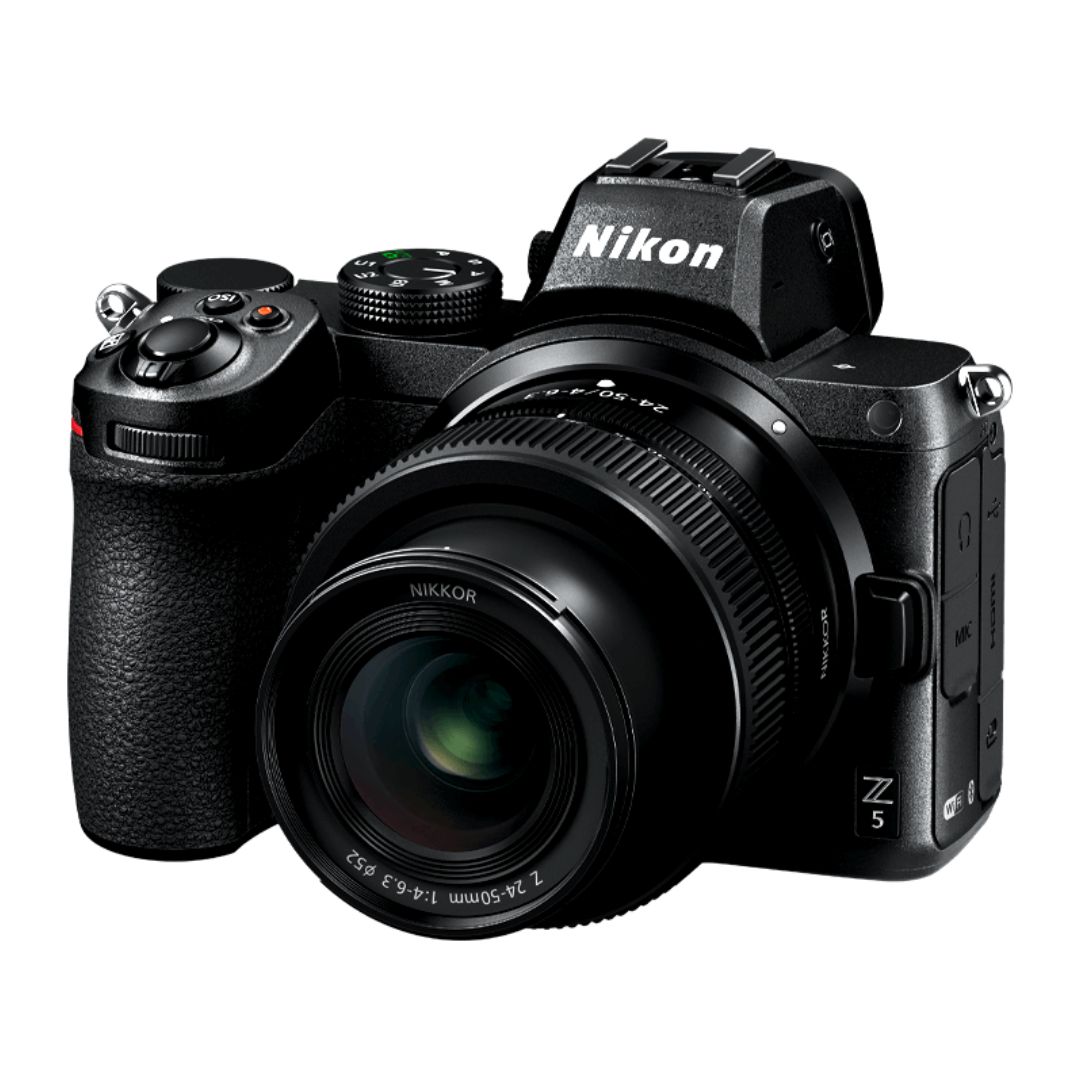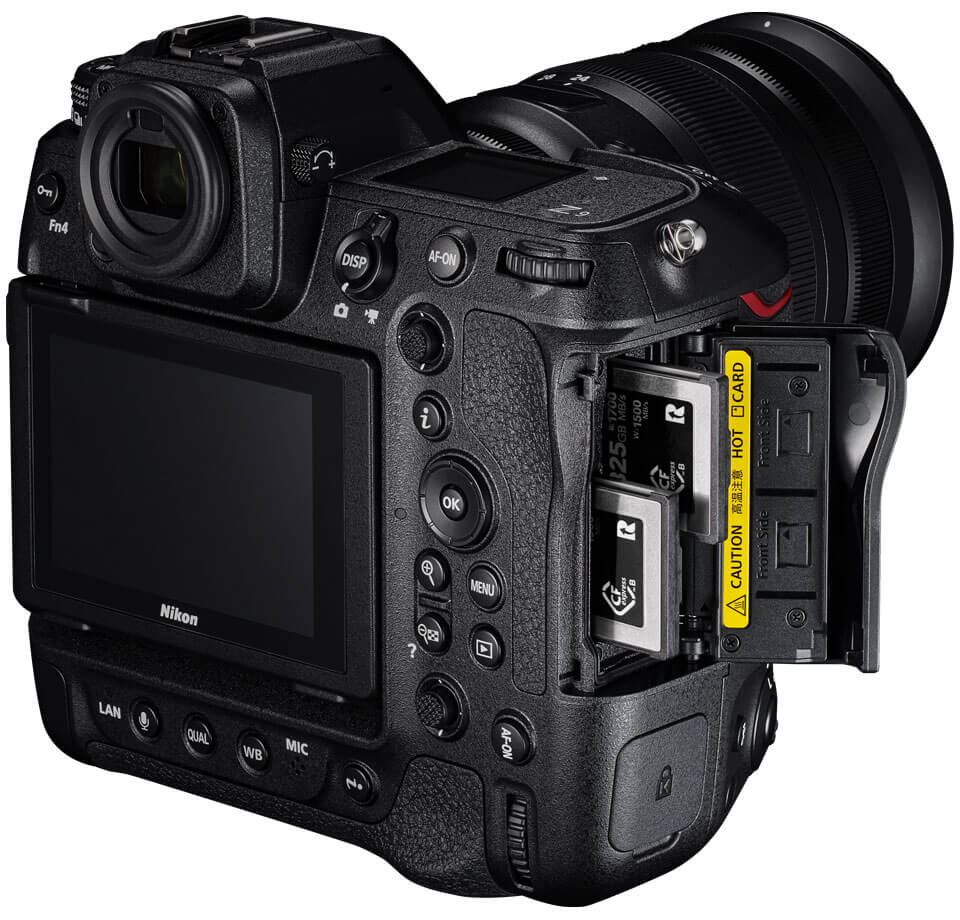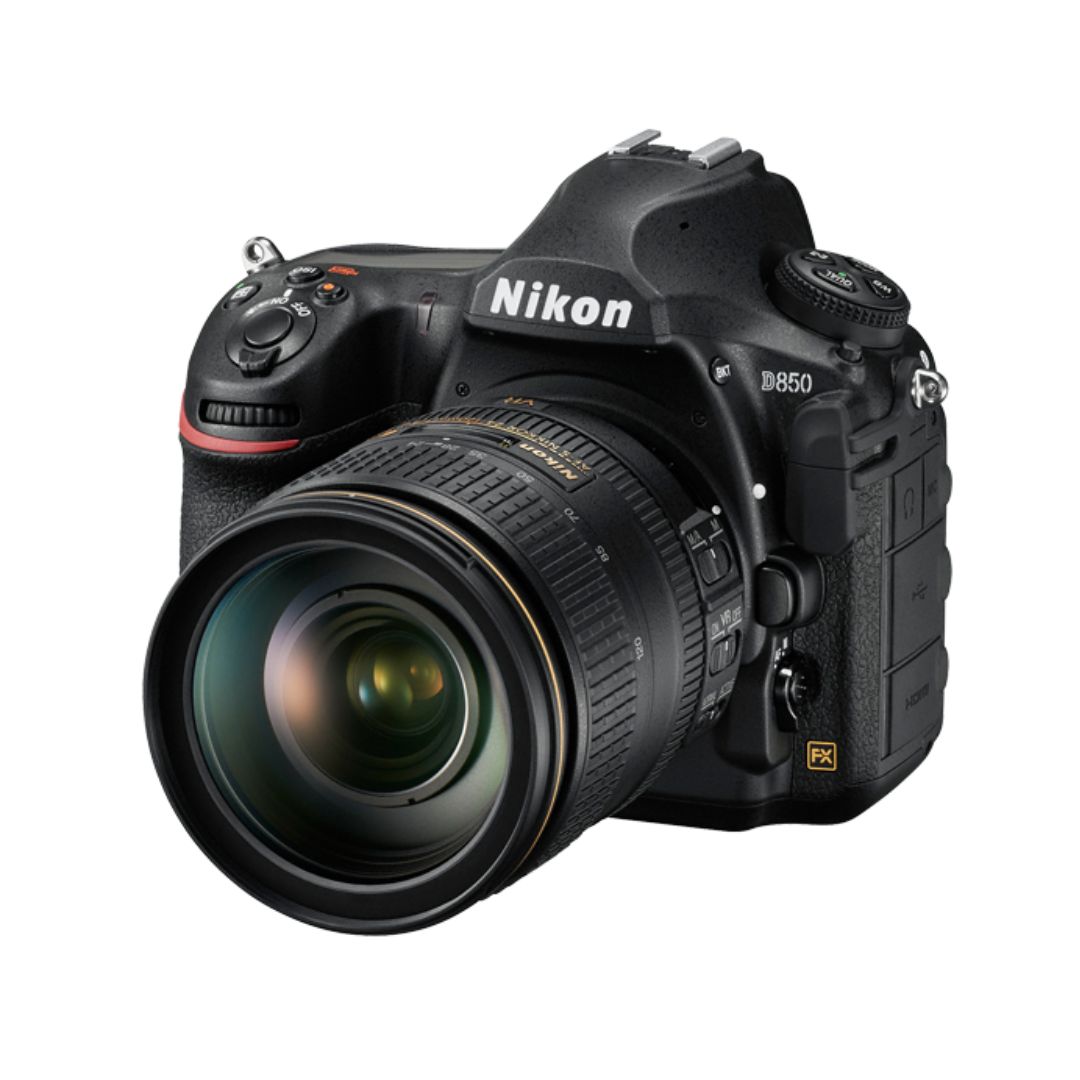In the digital marketplace, product photography plays a crucial role in branding. Consistency in visuals builds brand recognition, fosters customer trust, and enhances engagement. Whether you run an e-commerce store, sell on social platforms, or promote handmade products, cohesive product images strengthen your brand identity. This guide will cover every aspect of creating consistent branding in product photography, from setting up your style guide to editing techniques.
Understanding Brand Identity in Product Photography
What is Brand Identity?
Brand identity refers to the visual elements that distinguish a brand. It includes colors, logos, typography, and photography styles. Product photography should align with these elements to ensure a seamless visual experience for customers.
Why is Consistency Important?
- Brand Recognition – Uniform images make your products easily identifiable.
- Professionalism – Well-branded photos show attention to detail and credibility.
- Emotional Connection – Consistent visuals create a recognizable style that resonates with customers.
- Increased Sales – Trust leads to conversions; familiar branding reassures buyers.
Defining Your Product Photography Style
1. Choosing a Signature Style
A consistent brand photography style differentiates your products from competitors. Identify the key elements that represent your brand, such as:
- Minimalist vs. Vibrant – Clean backgrounds or bold, colorful setups?
- Bright vs. Moody – Light and airy or dark and dramatic tones?
- Matte vs. Glossy – Soft textures or high-contrast shine?
2. Selecting a Color Palette
A uniform color scheme across product images strengthens brand identity. Consider:
- Brand Colors – Use shades that align with your website and packaging.
- Neutral Tones – A balanced backdrop to let products stand out.
- Seasonal Adjustments – Adapting colors subtly for different marketing campaigns.
Setting Up the Perfect Photography Environment
1. Background Selection
Your backdrop sets the tone for your product images. Options include:
- White Backgrounds – Clean and professional, ideal for e-commerce.
- Textured Surfaces – Adds depth and personality.
- Branded Backdrops – Custom backgrounds with brand elements subtly included.
2. Lighting Techniques for Consistency
Consistent lighting eliminates variations in product appearance. Techniques include:
- Natural Light – Best for soft, authentic imagery.
- Studio Lighting – Controlled, repeatable setups for uniform results.
- Lightbox Photography – Perfect for smaller products needing even illumination.
3. Camera & Equipment Essentials
- DSLR or Mirrorless Camera – High-quality shots with manual settings.
- Tripod – Ensures stability and prevents variations in angles.
- Reflectors & Diffusers – Controls shadows and highlights.
Composition & Framing for Brand Consistency
1. Establishing a Standard Shot List
Develop a shot list to maintain uniformity across product listings. Examples include:
- Flat Lay – Overhead shots for small products.
- Close-Up Macro Shots – Showcasing textures and details.
- Lifestyle Photography – Products in real-life settings.
2. Framing and Angles
Keep framing and angles uniform to maintain visual consistency. Standardize:
- Focal Lengths – Use the same zoom settings for all images.
- Rule of Thirds – Balanced composition for aesthetically pleasing shots.
- Negative Space – Allows product focus without clutter.
Editing & Post-Production Techniques
1. Editing for Brand Cohesion
- Use Presets & Filters – Ensures uniform tones across all images.
- Adjust White Balance – Keeps colors consistent in different lighting.
- Enhance Product Details – Avoid over-editing to maintain authenticity.
2. Maintaining Consistency Across Different Platforms
- Social Media Adaptation – Resize images while keeping branding intact.
- E-commerce Optimization – Follow marketplace-specific image requirements.
- Mobile & Desktop Compatibility – Ensure images look great on all screens.
Conclusion
Consistent branding in product photography enhances customer recognition, builds trust, and improves sales. By defining a visual style, maintaining uniform lighting, using structured compositions, and applying consistent editing techniques, you can create a strong and cohesive brand presence. Whether you’re an independent seller or a growing brand, these strategies will help establish a polished and professional look for your product photography.

Sony Alpha a7 IV: The Ultimate Camera for Photography

Nikon Z5 Review: Is It Worth It?
-

Nikon Z9 : Game-Changer for Photography
-

Top Features of Nikon D850 That Make It Ideal for Portfolio Shoots
Sony Alpha a7 IV: The Ultimate Camera for Photography
Explore the Sony Alpha a7 IV in this complete 2025 review. Learn how its pro-level features, real-world performance, and hybrid flexibility make it the ultimate camera for photography across genres like portraits, weddings, travel, and commercial work. Table of Contents Section 1: Introduction – Why the Sony Alpha a7 IV Stands Out The Sony Alpha…
Nikon Z5 Review: Is It Worth It?
In 2025, photographers—whether hobbyists, content creators, or professionals—seek equipment that blends value, performance, and future-readiness. Enter the Nikon Z5, a full-frame mirrorless camera marketed as a gateway to high-end imaging without a flagship price tag. But how well does it hold up under real-world demands like studio shoots, weddings, landscape adventures, and lifestyle photography? In…
Nikon Z9 : Game-Changer for Photography
Discover why the Nikon Z9 is considered a true game-changer for photography. This in-depth Nikon Z9 review explores key features, real-world performance, and how it excels in professional photo shoots in 2025. Table of Contents 1. Introduction The photography world witnessed a significant shift with the launch of the Nikon Z9, a flagship mirrorless camera…
Top Features of Nikon D850 That Make It Ideal for Portfolio Shoots
Discover why the Nikon D850 is the ultimate DSLR for portfolio shoots. Explore its top features—from resolution and dynamic range to autofocus precision and workflow speed—that help photographers create stunning, high-impact images for professional portfolios. Whether you’re a portrait artist, fashion photographer, or visual storyteller, a portfolio shoot demands technical excellence, creative flexibility, and uncompromised…
Candid Moments with Canon EOS R10: Lightweight & Reliable
In the evolving world of mirrorless photography, the Canon EOS R10 stands out as a lightweight yet powerful camera tailored for real-life storytelling. Whether you’re photographing street scenes, family gatherings, weddings, or spontaneous portraits, capturing genuine emotion requires a responsive and discreet tool. This article dives deep into how the Canon EOS R10 excels in…
Bold Portraits with Canon EOS R5: Is It the Best for Work?
Studio photography has always demanded precision, artistry, and impeccable gear. As the expectations for commercial portraits, fashion campaigns, and editorial work continue to rise, the tools we use must evolve. Enter the Canon EOS R5, a camera that has stirred the professional waters with its impressive technical specs and forward-thinking design. In this comprehensive Canon…


